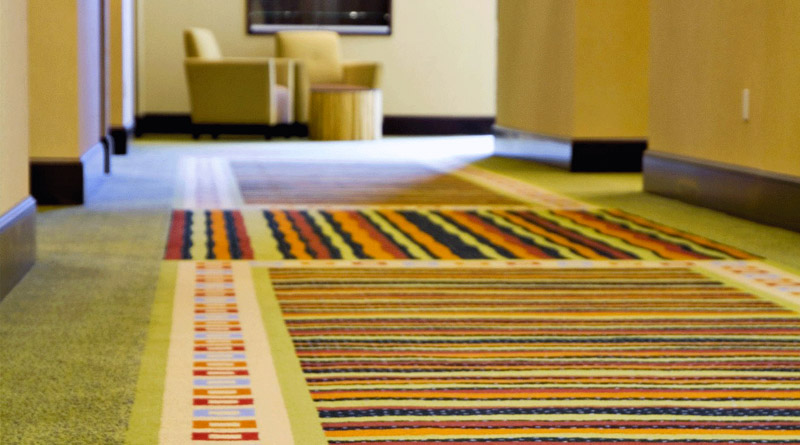How to Choose the Right Green Building Materials
From drawing plans to breaking ground, building green has become more than just a trend. At this point, green is practically standard and worth thinking about from the very beginning of any project. Eco-friendly options not only reduce greenhouse gases and conserve resources, but they also save money.
With green building, LEED certification is the place to start. It is also important to note that the new LEED v4 certification is much more stringent than the older guidelines. Much more than green washing, the new certifications focus on a holistic approach to evaluating projects for performance, resource conservation and material selection.
Before your project will even be considered for LEED certification, you must meet the USGBC’s Minimum Program Requirements (MPRs). The USGBC put MPRs in place to define the type of project eligible for LEED certification. The project or portfolio must meet three basic requirements in order to be considered. First, the project must be a fixed location on existing land; projects on artificial land or those designed for eventual relocation will not be considered because of the environmental implications. Next, the physical boundaries of the project in question must be defined to ensure a holistic evaluation. Finally, the project must fall within the project size requirements for the certification it is seeking — whether it’s a house, neighborhood development or building design. Most commercial projects fall under the umbrella of Building Design and Construction (BD + C) certification. Take a look at the BD + C scorecard to get a more detailed view of what goes into a LEED certification.
If the project meets the three MPRs, it is eligible for LEED certification. LEED v4 certification revolves around four main components: performance-based, smart-grid, water efficiency and materials. Performance-based benchmarks focus on indoor air quality to ensure occupants of the building will be comfortable. Smart-grid benchmarks serve to award points to buildings that respond to demand properly. Water efficiency guidelines ensure that projects use water in a smart and sustainable manner. Materials are, quite literally, the building blocks of any project — as such, the LEED benchmarks seek to ensure builders know exactly the impact their material selection will have on the environment.
To achieve certification, the project must exemplify each of these four components. If the project passes, it will be awarded one of four certification levels: Certified, Silver, Gold or Platinum. The process for achieving LEED certification is long and complex, but we’ve put together some advice on how to find sustainable flooring materials.
Trends in Green Flooring
With many new green flooring material trends on the rise, choosing the right material for both application and LEED certification can be difficult. An experienced commercial flooring contractor should be able to take your needs into account and choose the right flooring materials to drive sustainable ROI. While a flooring contractor will be able to point you in the right direction, here are several material options worth consideration:
• Bio-based tile (BBT): Bio-based tile is a growing trend in flooring that holds many of the same advantages as resilient flooring — durability, strength, design versatility, affordability — with the added bonus of being extra eco-friendly.
• Terrazzo: Terrazzo is known for its durability and design versatility. And, from a green standpoint, terrazzo is easily installed without the use of harsh environments and can help maintain a healthy indoor environment.
• Polished concrete: Polished concrete has a wide variety of applications from schools to industrial facilities. It is easily installed with a six-step process and easily maintained, as there is no need for the typical wax-and-strip method. It is safe, long lasting and durable. Moreover, it is environmentally friendly and contributes to your LEED certification.
• Carpet & carpet tiles: There are many sustainable carpeting options stemming from recycled materials. While both broadloom and carpet tiles are sustainable options, carpet tiles cut down on waste during maintenance and installation. If there is a stain on one tile, you only have to replace that one square.
Of course, in practice, the factors affecting LEED certification level — and the overall impact on the environment — are complex. An expert should be able to point you toward the right building materials to achieve LEED certification.
Aaron Hartung is the communications manager at Spectra Contract Flooring, and he is based in the company’s Norcross, Ga., office.

